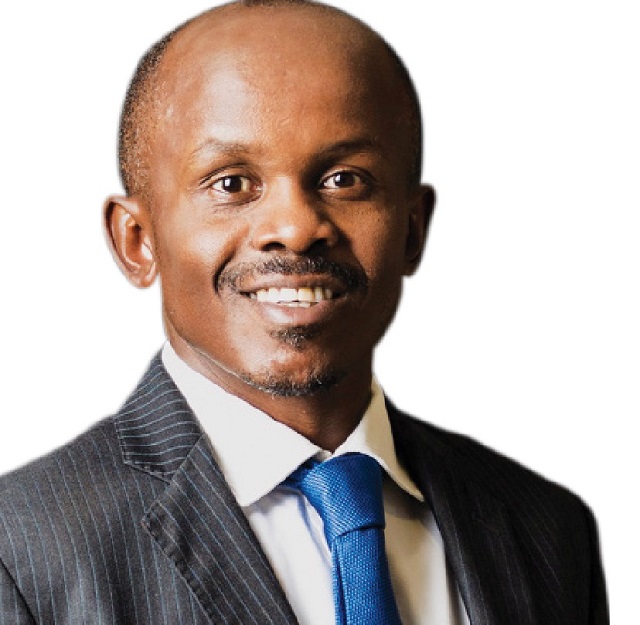
Centum, East Africa’s largest publicly listed investment firm, seems to turn everything it comes into contact with into gold. James Mworia, the company’s CEO, explains to African Business Magazine’s Tom Collins what gives it the Midas touch
Founded in Nairobi in 1967, Centum Investment has evolved into East Africa’s leading investment company, with assets worth over $1bn and a team of over 200 employees.
Listed on the Nairobi Securities Exchange (NSE) and the Uganda Securities Exchange (USE), Centum provides investors with a diverse portfolio of regional investment opportunities including real estate, infrastructure, FMCG, financial services, private equity, energy, agriculture and education.
The group’s half-year profit surged to $67.9m last year, up from $20.7m in a similar period the year before, primarily driven by the sale of Centum’s shares in three beverage firms.
Centum owned equity worth $6m in 2012 and sold those shares for $190m seven years later.
Along with top-line growth, the stake increased in value more than tenfold due to enhancement of efficiencies and margin increases which were driven by macro improvements in the economy that lowered the cost of doing business in Centum’s primary market, Kenya.
“If you look at the bottling sector, in 2012 we had a margin of 12%. By 2017 it was 26% so even though we have not been able to increase prices, there was a significant margin improvement because of improved efficiencies,” CEO James Mworia tells African Banker from his top-floor office at the Two Rivers Mall in Nairobi – also one of Centum’s Greenfield investments.
“The cost of doing business came down. When you have a reliable power supply you are not switching on your generator; when you have reliable water you are not using boreholes; when you have good roads you are able to consolidate better production; when you have access to capital you are able to consolidate distribution. All those small things come together if you look at an analysis of where our value came from.”
Mworia, who also serves as the chairman of a bank, chancellor at a university and previously as a director of the NSE, attributes these changes to the current President Uhuru Kenyatta administration, which has ramped up spending through increased borrowing and revenue collection since it came to power in 2013.
Kenya’s total debt now stands at around $60bn, which is around 60% of GDP compared to 40% in 2012.
Though this figure raises alarm for certain economists, Mworia believes the Kenyan private sector should support the government’s willingness to raise funds for large infrastructure projects which is where the majority of debt has been spent.
“We were the ones who originally asked for the improvement in infrastructure; it was not the government,” he says.
“If you look at the various interventions made by the private sector, they voiced what was holding them back and the issues have been addressed. It wasn’t possible to achieve that without borrowing.”
The concern is that these infrastructure projects may take years to become profitable and to have a marked impact on the economy, Mworia admits.
Meanwhile the government must allocate a large portion of its budget to service previous debt, often financed by further borrowing.
This year’s predicted growth, 6% by World Bank estimates, will mainly be as a result of public spending on infrastructure and government, leading some to worry about the actual productivity of the private sector.
 The Independent Uganda: You get the Truth we Pay the Price
The Independent Uganda: You get the Truth we Pay the Price



